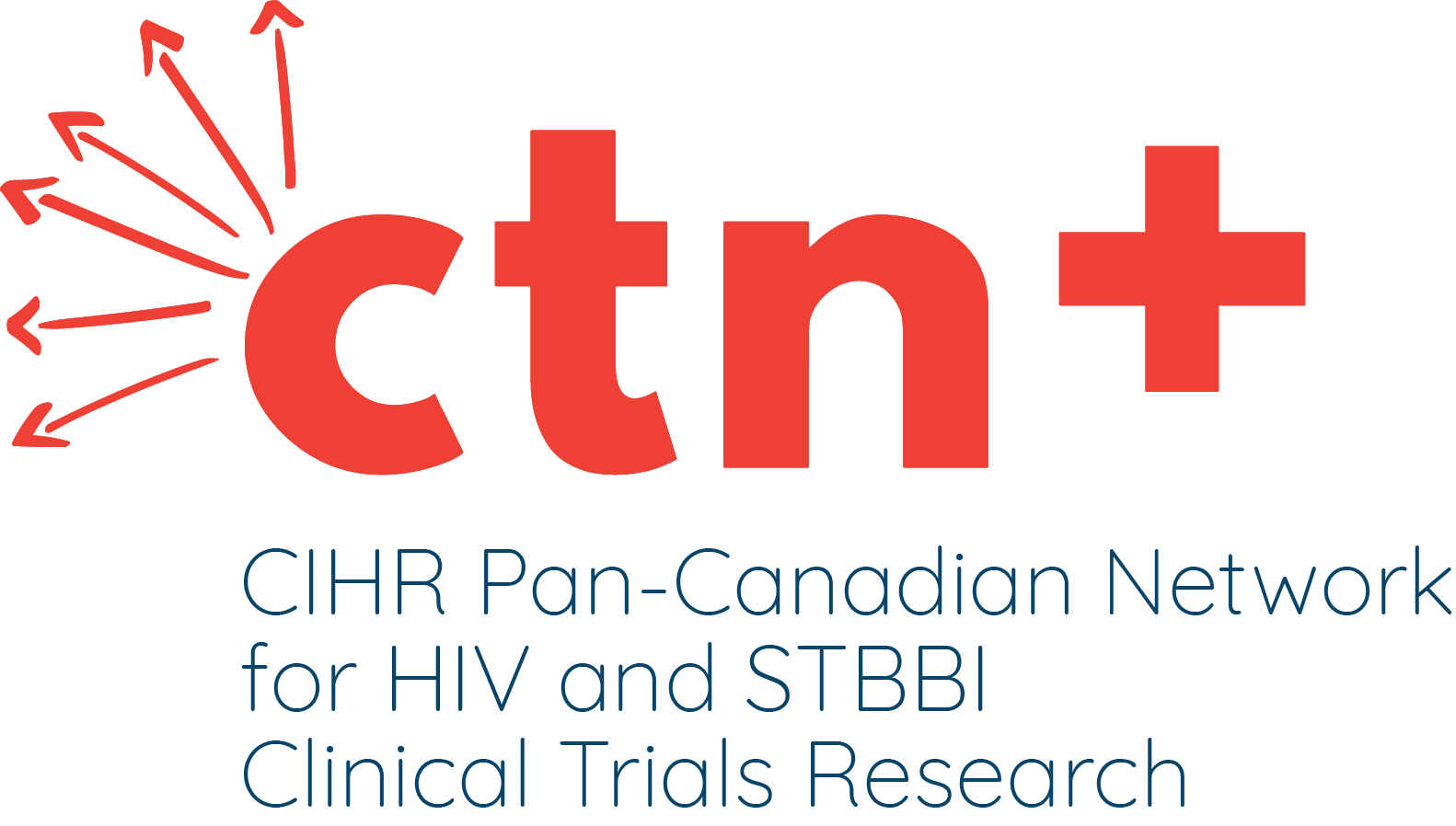
Since high school, I have been fascinated by the immune system and how our body fights infection. As I began to better understand this phenomenon at university, my eyes were opened to the fact that the HIV pandemic was still at play worldwide. Knowing that no cure existed (and still does not) pushed me to learn precisely how this virus works.
I subsequently pursued a PhD, during which I focused on the mechanism used by dendritic cells, a specialized type of cell, to detect HIV and induce the early immune response against it. I was then eager to gain some knowledge on the physiopathology of the infection and work on medium-term strategies that could benefit people living with HIV. In that sense, I was lucky to be able to join Dr. Jean-Pierre Routy’s team in Montréal.
The Gut and HIV
For 15 years, we’ve known that the gut plays an important part in HIV physiopathology and development of AIDS.
The Gut Mucosa
The advent of antiretroviral therapy (ART), the highly efficient and well-tolerated drugs made available over the last decade, has significantly decreased AIDS mortality. However, people living with HIV are still at higher risk of developing some comorbidities compared to people without HIV. Research shows that low levels of inflammation are primarily responsible for such comorbidities.
Here, the gut mucosa plays a key role. Tissue damage that occurs during the early phases of infection are not fully repaired and low levels of “leaky gut” can be detected, even in people living with HIV receiving ART for more than 10 years. These findings strengthen the idea that understanding the role of the gut mucosa in HIV pathogenesis will be crucial to reducing persistent inflammation in people taking ART and preventing non-AIDS comorbidities.
The Gut Microbiota
New technologies and global understanding of physiology have improved fantastically in the last 10 years. In particular, we now realize that the gut microbiota, which encompasses the microbes that normally live in our intestine, play key roles in physiology. We are also beginning to understand how different microbes can participate in preventing or exacerbating several conditions, including HIV-induced inflammation.
As such, clinical trials have been developed to try and modify the gut microbiota composition and reduce inflammation in ART-treated people living with HIV.
My Gut Research
We are developing clinical trials targeting both the gut mucosa and microbiota in order to decrease inflammation in ART-treated people living with HIV. We take inspiration from previous work done in animal models and in other conditions, such as obesity and cancer.
With the CTNPT 032: Camu Camu study, we are investigating whether the natural product Camu Camu can modify the gut microbiota and decrease inflammation in ART-treated people living with HIV. In the CTNPT 038: Gutsy study, we will assess whether engrafting the gut microbiota of a healthy donor, through a process called fecal microbiota transplantation, will favour gut barrier repair and decrease inflammation in ART-treated people living with HIV.
Looking ahead
The HIV research community, physicians, and people living with HIV agree that, today, HIV clinical care mainly focuses on the prevention and follow-up of comorbidities, as most people have access and successfully respond to ART.
Decreasing persistent inflammation on ART could prevent the development of non-AIDS comorbidities and improve the quality of life of people living with HIV. Moreover, low levels of inflammation while taking ART have been associated with persistence of HIV in long-lived cells called reservoirs. Therefore, decreasing persistent inflammation has the potential to decrease HIV reservoir size, a first step towards an HIV cure.
In the future, I hope that a simple, safe, and easily implementable strategy will be available to prevent the development of non-AIDS comorbidities in the long term for people living with HIV. Such innovative strategies could also benefit other people with similar conditions, as persistent inflammation is involved in the pathogenesis of other conditions such as diabetes, autoimmune diseases, and cancer.






